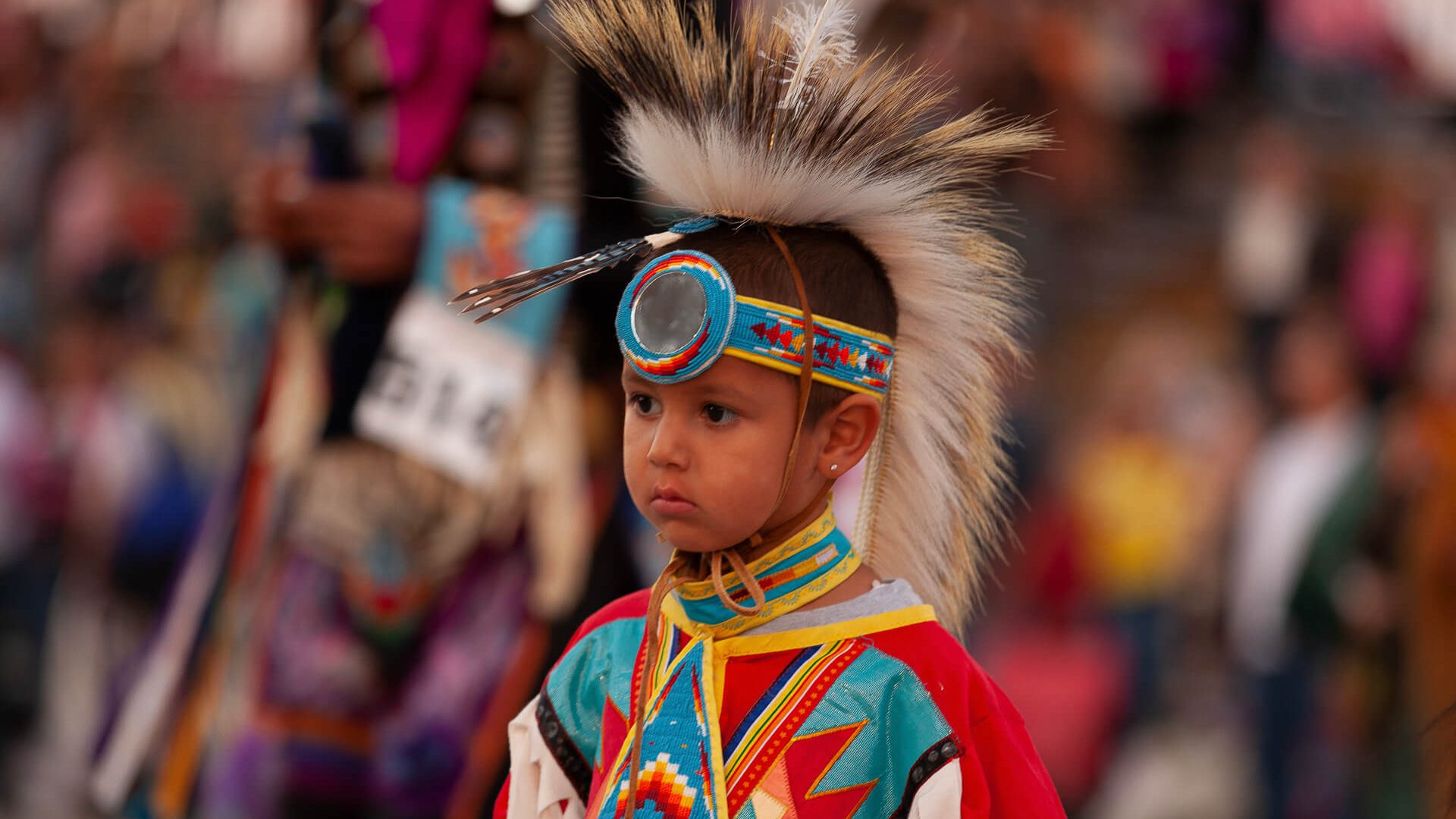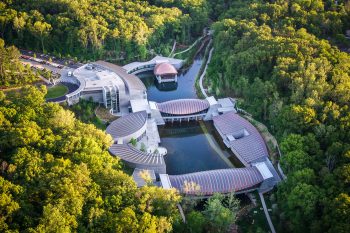Ojibwe. Ho-Chunk. Oneida. These are just some of the Native American cultures indigenous to the 10 states up and down the Mississippi River, and visitors interested in their history will find plenty of museums and other sites to explore. Here’s a closer look.
Mille Lacs Indian Museum and Trading Post, Minnesota
Head about 100 miles (161km) north of the Minnesota’s Twin Cities to find the Mille Lacs Indian Museum and Trading Post, which shares the story of Mille Lacs Band of Ojibwe and their history in the region. The museum’s “Four Seasons Room” features life-sized dioramas highlighting traditional activities like fishing, berry gathering, hunting and harvesting wild rice. The trading post has been in operation for more than 100 years and features Minnesota’s largest selection of traditional and contemporary, authentic Native American arts and crafts.
Learn more about Native American sites in Minnesota.
Native American museums in Wisconsin
Wisconsin is home to 11 sovereign nations, each contributing a rich history and heritage to the story of the state. Visitors interested in Native American history and culture will discover wonderful museums throughout the state, including the Forest County Potawatomi Museum & Cultural Center (Crandon), the Oneida Nation Museum (De Pere), the Ho-Chunk Nation Museum & Cultural Center (Tomah) and the George W. Brown Jr. Ojibwe Museum & Cultural Center and the Waaswaaganing Indian Bowl Living Arts & Culture Center (both Lac du Flambeau).
Ancient Mounds Driving Trail, Louisiana
Louisiana is home to more than 700 recorded Native American mound sites, including some that are the oldest in North America—older than the pyramids or Stonhenge. The Ancient Mounds Driving Trail takes visitors to nearly 40 of these historic sites created by several different prehistoric cultures. The most notable of these (and one of the few sites accessible to the public; others are noted by interpretive roadside signage but do not offer public access) is Poverty Point, a massive earthworks near the village of Pioneer. Poverty Point—a state park but also a UNESCO World Heritage Site—was constructed about 1500 BC and was the largest earthworks in the Western Hemisphere at the time. A visitor center on the site tells more about the massive structure and the culture that created it; tram and self-guided walking tours are also available.
Learn more about Native American history at these sites:
- Trail of Tears National Historic Trail (Arkansas, Illinois, Missouri, Tennessee)
- Native American history along the Natchez Trace (Tennessee, Mississippi)




